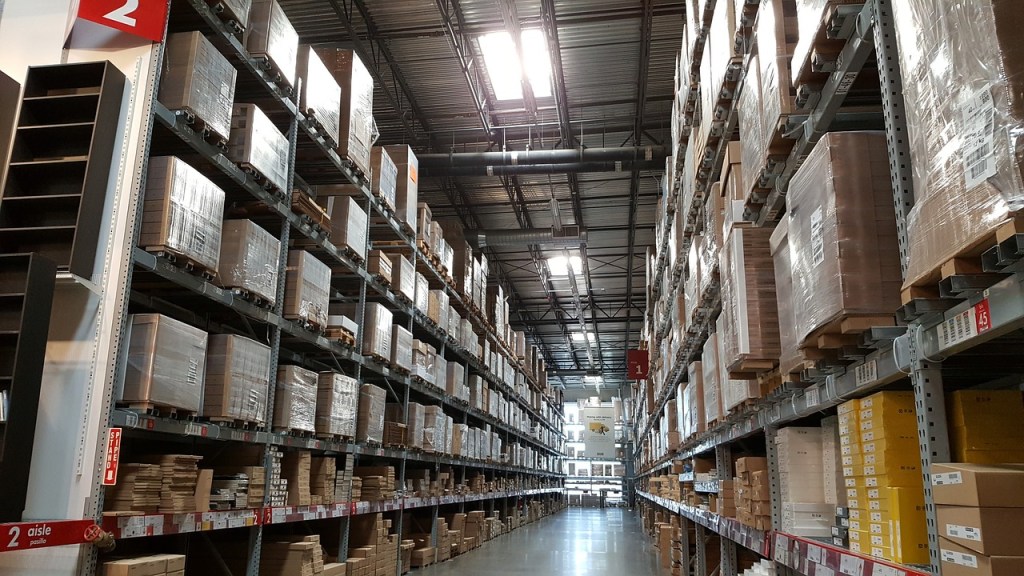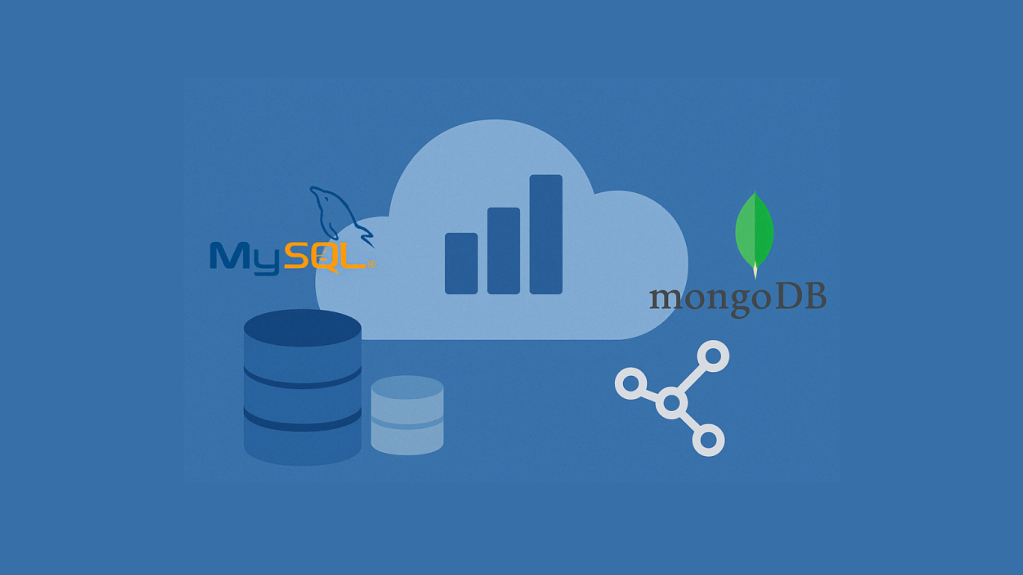Management of inventory is crucial to a company’s bottom line. Warehouse space is only one element of complexity for organizations with products that need to be stored. Best practices for managing inventory in a warehouse involve understanding the flow of products, keeping track of inventory levels, and tracking what goes in and out of the building.
With many organizations running lean, tracking these elements and using them to control inventory is important to being profitable.
A recent technology that appears to be the solution to modern warehouse inventory management woes is the RFID. These tags have a number of features that make them perfect for solving inventory management challenges. But they have some drawbacks as well. Understanding the pros and cons of RFID in warehouse inventory management is important in making the decision on whether or not to adopt this new technology.
Click here to discuss your RFID needs with an expert!
But First – What is RFID?
RFID – or Radio Frequency Identification – is technology controlled by radio waves. Individual RFID tags can communicate with reader devices, even when those devices are not within line-of-site. The reader can then share that data with software, like a warehouse inventory management system.
The tags use “smart barcodes”, but hold considerably more data than a barcode can. Using a microchip and an antenna, tags can be actively powered with an onboard battery or energized by RF waves from the antenna by the connection to the reader, giving passive tags a shorter read range, but also a lower cost per unit.
The Pros of RFID for Warehouse Inventory Management
There are some good reasons to consider using RFID tags for warehouse inventory management.
RFID tags don’t need line of sight: It’s possible to read the data from an RFID tag from a distance. This means inventory can be taken without a worker scanning each item. Many can be read at once, as well, meaning an entire pallet of items can be recorded as opposed to having someone scan each item.
RFID tags hold more data than barcodes: Barcodes are basically identifiers that tie to a database, where the actual information about the item is stored. RFID tags, however, hold a large amount of data locally in the tag. They can also hold a lot of different types of information. The data held on a tag can be read and used without the need for a connection to a database of information that may be housed elsewhere.
RFID tags can tell you when items come in to or leave the warehouse: In addition to that, they can also tell you where items are located inside of the warehouse. RFID readers can be placed at entrances and exits to your facility, allowing real-time tracking of inventory as it moves in and out of your warehouse. You can know immediately when a shipment has entered the warehouse, and track when items leave.
RFID tags can help optimize your floor layout: RFID can offer data in real-time. Barcodes must be scanned. That means with an RFID, you always have a clear picture of what items are being picked all of the time, and which are rarely collected. Using this data, warehouses can re-configure inventory to optimize operations, and can even do so frequently because the data is always current.
The Cons of RFID for Warehouse Inventory Management
However, RFID technology is not – yet – for everyone.
RFID tags are expensive: If you’re hoping to go with the more rugged actively powered RFID tags, they will ultimately cost a bit more. Not only are the individual tags more pricey, but the internal batteries aren’t removable, meaning the entire tag must be replaced every three to five years. Passive tags, on the other hand, aren’t as durable but come with a much lower price – about $.20 apiece depending on quantity. Still, a hefty amount if you’re looking to use the tags to track every item in the warehouse. While the cost may seem high initially, often the ROI far out weighs the cost in the long run for most warehouse operations.
RFID tags may have interference problems: It’s true that you don’t need line-of-site to read the data from an RFID tag. That doesn’t mean that they can be read from anywhere, or in all conditions. If there is a lot of metal or liquid between the tag and the reader, it will be harder for the reader to do its job.
RFID tags are not yet standardized: Tags and data formats can be different across industries and from country to country. If you are tracking inventory internationally, your costs may increase as you’ll need to deploy different systems in different locations.
RFID tags can produce a lot of data: RFIDs hold more data than barcodes. But is more really what you need? Managing the amount of data available with RFID tags can be overwhelming and a job in and of itself. You’ll need servers that can handle the influx of data or configurations that intake some of the information while ignoring others.
RFID can be a time and cost saver for those looking for innovative ways to improve their warehouse inventory management. But they can also be more difficult or costly than is appropriate for an organization. If you’re considering adding an RFID inventory tracking system to your business, take the time to understand the pros and cons as they relate to your particular situation. That will help you chose the right technology that both saves you money and offers you the best solution for your business.
Ready to Speak with an RFID Professional team?
Fill out the form below and we’ll have an expert in RFID reach out and get in touch with you to provide expert advice, discuss options, and provide you with a quote for implementation.









